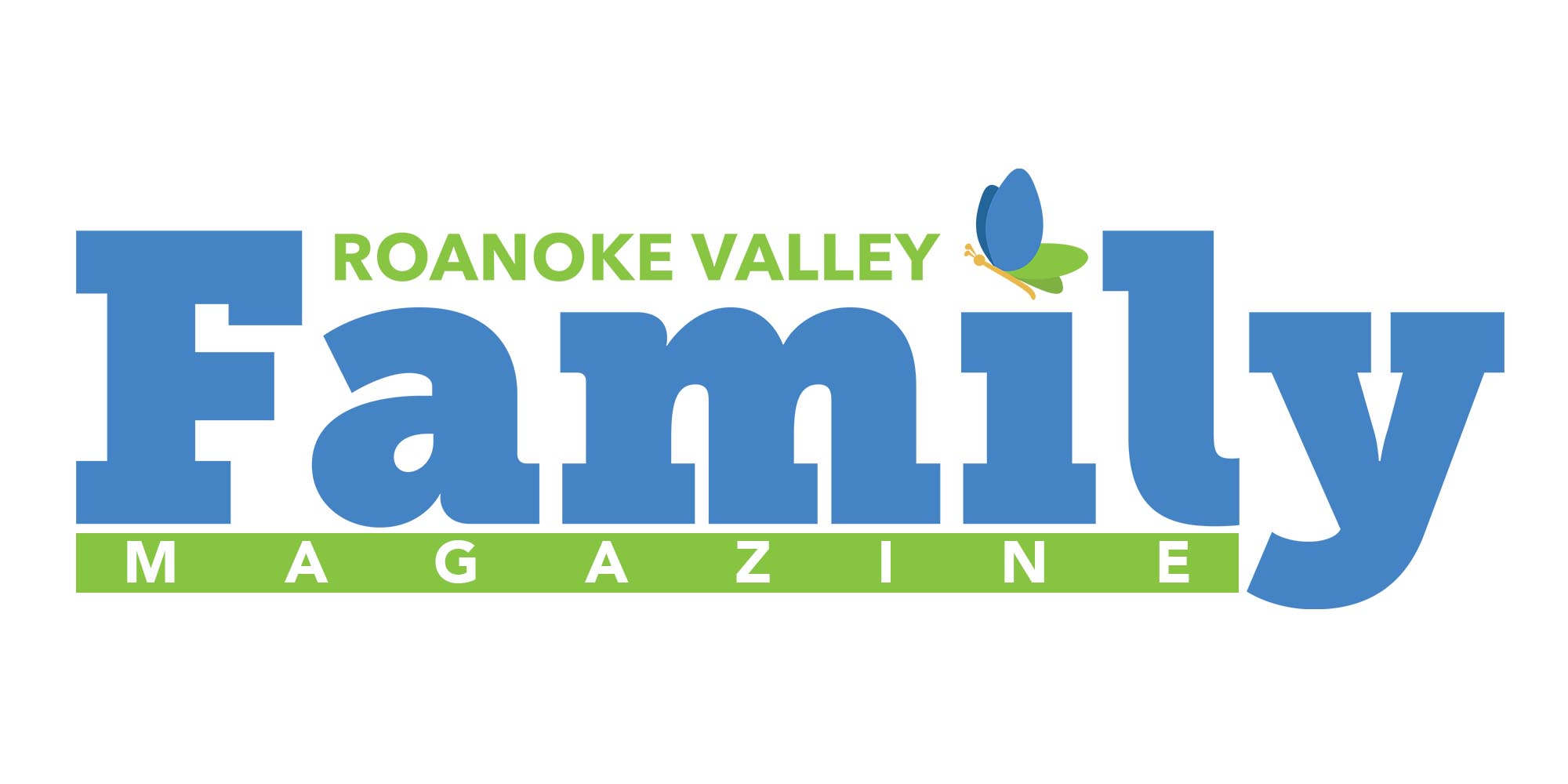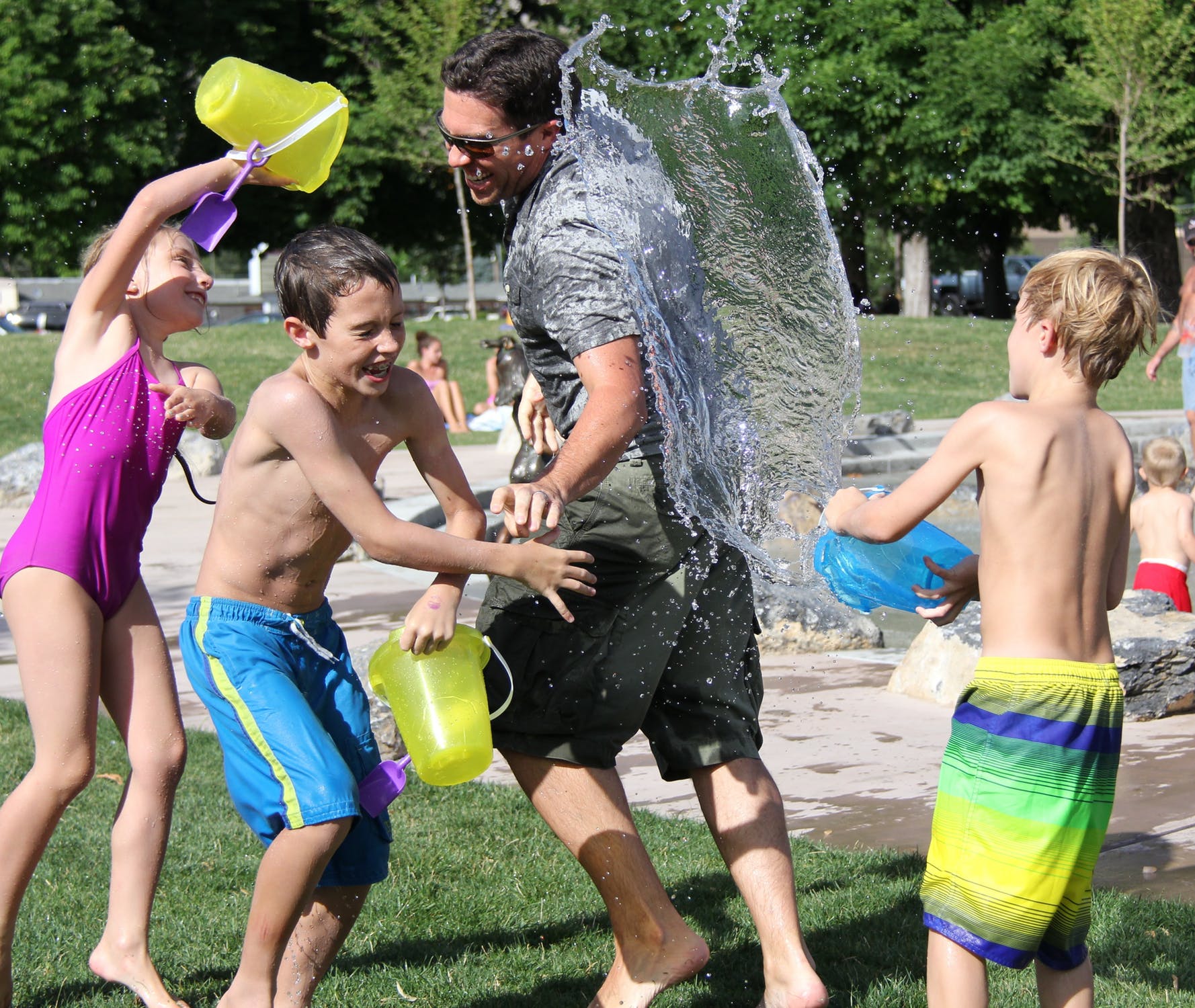The History of Veteran’s Day
Veterans Day began as “Armistice Day” on Nov. 11, 1919, the first anniversary of the end of World War I. Congress passed a resolution in 1926 for an annual observance, and Nov. 11 became a national holiday beginning in 1938.
Veterans Day is not to be confused with Memorial Day–a common misunderstanding, according to the U.S. Department of Veterans Affairs. Memorial Day (the fourth Monday in May) honors American service members who died in service to their country or as a result of injuries incurred during battle, while Veterans Day pays tribute to all American veterans–living or dead–but especially gives thanks to living veterans who served their country honorably during war or peacetime.
Veteran’s Day Facts:
- In 1954, President Eisenhower officially changed the name of the holiday from Armistice Day to Veterans Day.
- In 1968, the Uniform Holidays Bill was passed by Congress, which moved the celebration of Veterans Day to the fourth Monday in October. The law went into effect in 1971, but in 1975 President Ford returned Veterans Day to November 11, due to the important historical significance of the date.
- Britain, France, Australia and Canada also commemorate the veterans of World Wars I and II on or near November 11th: Canada has Remembrance Day, while Britain has Remembrance Sunday (the second Sunday of November). In Europe, Britain and the Commonwealth countries it is common to observe two minutes of silence at 11 a.m. every November 11.
- 9.2 million veterans are over the age of 65.
- 1.9 million veterans are under the age of 35.
- 1.8 million veterans are women.
- 7.8 million veterans served during the Vietnam War era (1964-1975), which represents 33% of all living veterans.
- 5.2 million veterans served during the Gulf War (representing service from Aug. 2, 1990, to present).
- 2.6 million veterans served during World War II (1941-1945).
- 2.8 million veterans served during the Korean War (1950-1953).
- 6 million veterans served in peacetime.
- As of 2008, 2.9 million veterans received compensation for service-connected disabilities.
- 5 states have more than 1 million veterans in among their population: California (2.1 million), Florida (1.7 million), Texas (1.7 million), New York (1 million) and Pennsylvania (1 million).
- The VA health care system had 54 hospitals in 1930, since then it has expanded to include 171 medical centers; more than 350 outpatient, community, and outreach clinics; 126 nursing home care units; and 35 live-in care facilities for injured or disabled vets.
- There are over 781,000 Veterans in Virginia (as of 9/30/14), with nearly 70% of those veteran’s having served during wartime.
(Read the full article at history.com)




